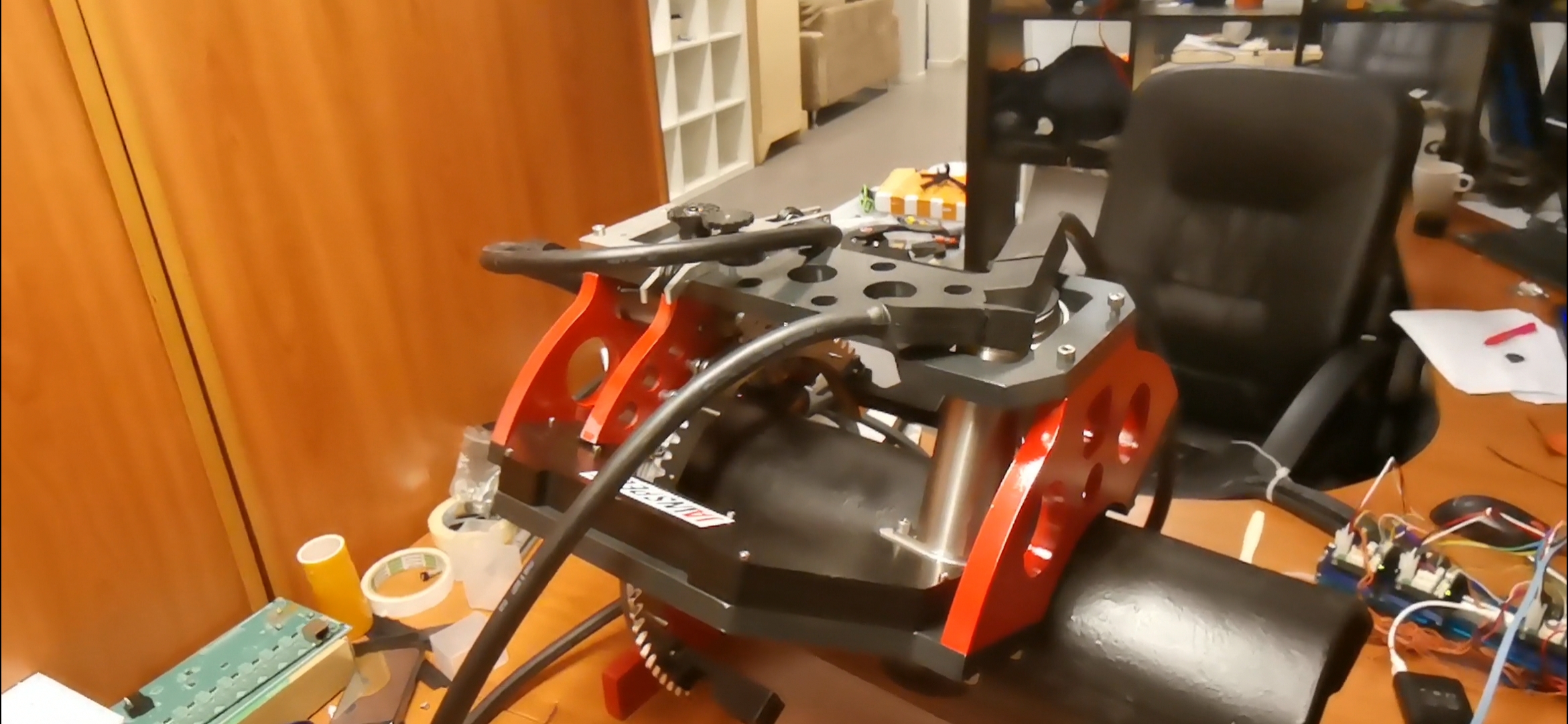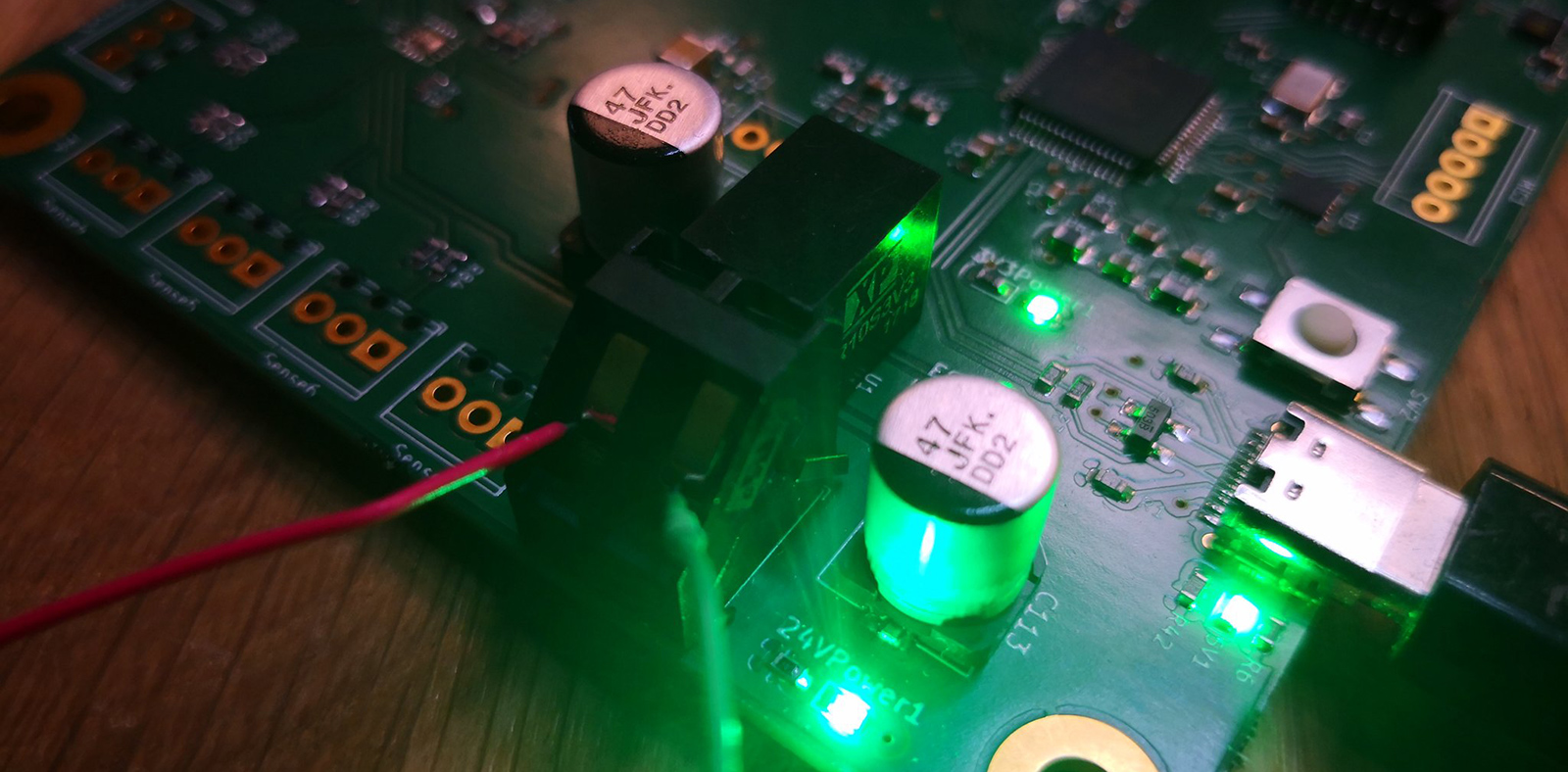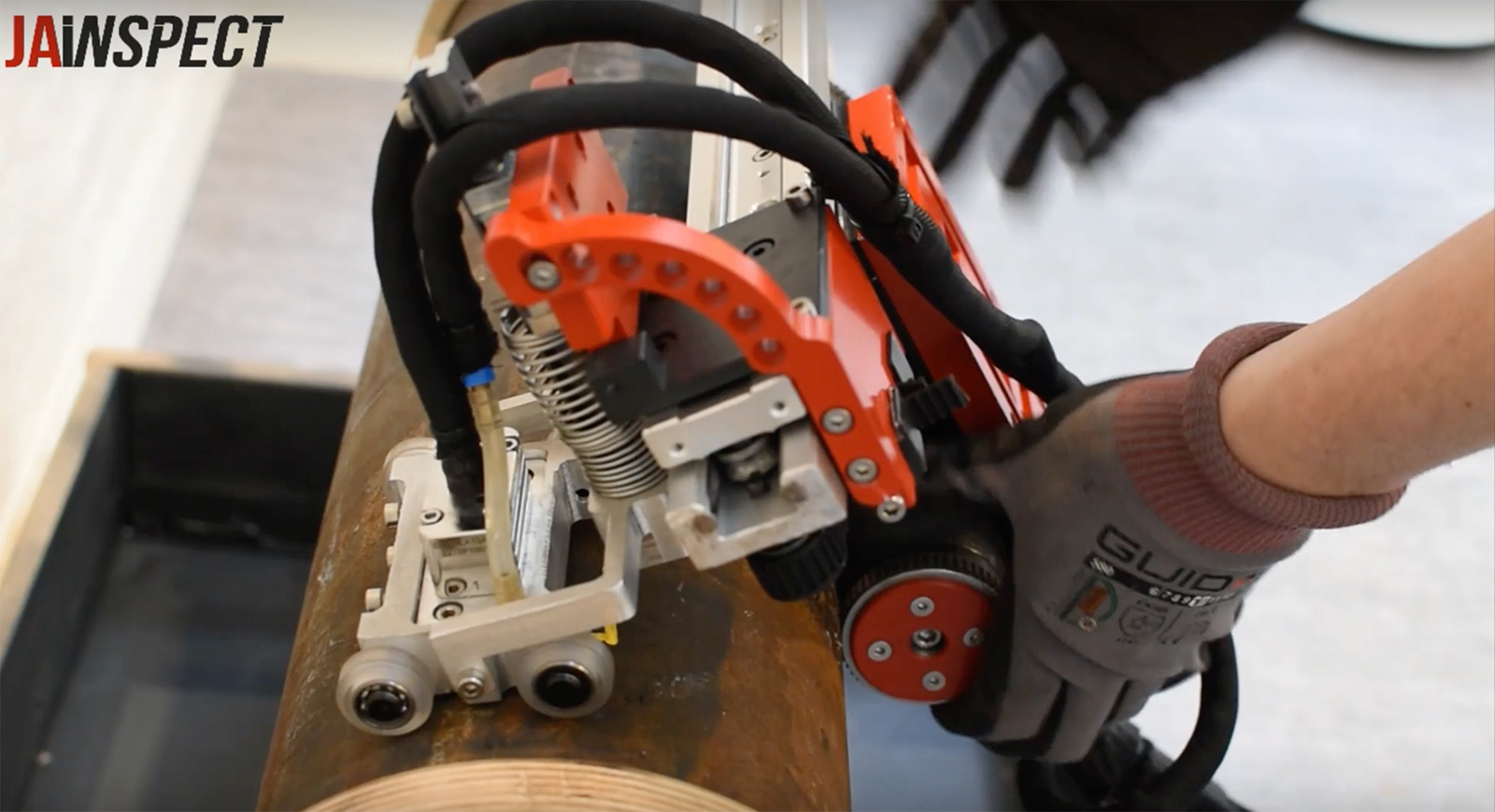That weird year (2020)
19 March 2021 at 11:05 am

During this odd year with Covid, I’ve been really lucky to have a lot to keep me busy. I’ve been busier than ever and my consulting business has actually had it’s second best year ever? I’ve used Covid to develop new skills, horde more test gear, started a camper van build and I even had some spare cycles to start a commercial side project.
For 2020, all my income has been from consulting and lecturing. These are some of the things I’ve worked on for the past year.
Røst
My second biggest project has been developing new hardware for my friends at Roest Coffee. Ever since I helped making electronics and software for their first product (the P100 Sample Roaster), they’ve been one of my main customers. Since the start with the two brothers Simonsen, they’ve now grown to 9 full time employees and they’re currently hiring for 6 new positions. One of these positions is a full time developer, so I’m no longer responsible for their software and backend and I’m quite fine with that.
It was fun to build up a first version of both the machine firmware, the infrastructure, the backend admin and client backend, but it really is a massive task and I want to focus my time on electronics - not backends. Today, I’m primarily prototyping and making software that their internal developer can then take to completion. This means that I’ve had entire months this year where I’ve only designed and brought up new boards. I’m very pleased with that!

JaInspect
In 2019 I started a project with co-bitraffer Mattias. We made a small robot with magnetic wheels that will survey metal constructions that are both offshore and onshore. This robot does now exist in 3 copies and it’s been travelling to oil platforms and ships several times in 2020. It has an ultrasound system (not developed by me) that looks for corrosion damage and cracks in metal constructions. It’s taken a while to get it where we wanted, but it’s already better than what they had before and is making good money. All the development for this was done at my office at Bitraf. The user controls the robot via Bluetooth using a native Android app that I built for the purpose.

In 2020, we’ve been working on a new robot that will be able to go subsea. It has taken us quite some time to figure out how to build something that can go 200m under water tethered to an ROV. We first tried using EtherCat for communication and hardware from industrial giant Beckhoff. This was a true nightmare. I don’t envy those that have to develop robots using industrial grade controllers. Our development speed was insanely low due to the incredibly poor documentation offered. All my days I would be on the phone asking their customer support how feature X worked since it was not explained.
We then switched to using a Teensy 4.1 to talk directly to the motor drivers via CANOpen and in just 1 month, we had accomplished what we couldn’t do in 6. You can see a picture of the prototype at the top of this post.
Lecturing
Since 2013 I've been lecturing at Høyskole Kristiania on Embedded Systems and M2M Communications. This year, most of my lectures were digital, but I’m very happy with the streaming setup that I’ve developed over the year! It’s kind of extensive, so I’ve written a separate post about how I’ve done it. I’m quite certain that switching to streaming has not reduced the quality of my lectures. It has taken a lot of extra work, but it’s been well worth it!

Other projects
I’ve done a bit of consulting on electronics for both medical and audio in 2020 and I think I’ll see more of both these projects in 2021. For christmas 2020, I updated my test gear with a brand new Siglent SDS2104 Oscilloscope (in image above) that goes well with my Siglent SSA3021X Spectrum Analyzer. In 2021 I’ll definitely spend more time with these to learn better how to troubleshoot client projects.
I also splurged on something completely unessecary - the LEGO Downtown Diner (kit 10260) and a lighting kit for this. I’ve always loved LEGO and if you include the bricks from my kids, it’s a reasonably large collection that is now never used since the kids feel too old for LEGO. I on the other hand will never get too old and I wanted to test the quality of the chinese-made LEGO knockoffs. These are usually priced at less than half of the original kits, and given how much money I’ve given LEGO thoughout my life, I don’t feel very guilty for trying this out. The Diner is no longer in production from LEGO and if I were to buy it locally, it would cost me $315 plus shipping and a 3 hour drive. The Chinese version cost close to at third at only $109 including UPS shipping and Norwegian taxes, delivered to my door. Not a hard sell and I’ve wanted this kit for some time.

I was really surprised by the quality of the kit. With 2778 pieces, it’s a fairly large kit. Nothing was missing, the bricks held together as they should and all the dots were missing the LEGO logo. I can however not post a link to the shop I bought it from since they no longer list it and I have no idea who made the kit since it all came as plastic bags in a brown box. Not sure if selling products unbranded is a sustainable business idea, but here’s what I think might actually be - making proper lighting kits for LEGO!
The lighting kit I purchased for the model was this one from Kyglaring. It turned out quite well, but it left some things to be desired and that is what I’m now working on. I’ve made the first two iterations of a board for this and I’m working on the software for now. I’ll post it here when I have something to show, but I already spent a fortune on buying http://toytronics.com so I’ll have to actually turn this into a product!
